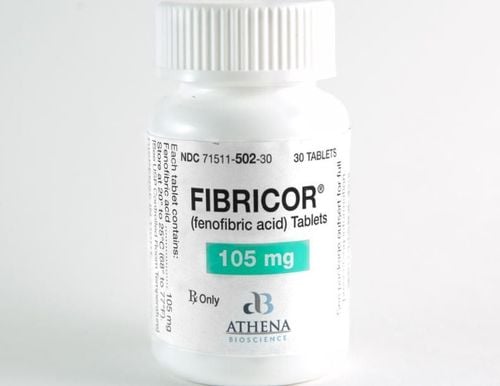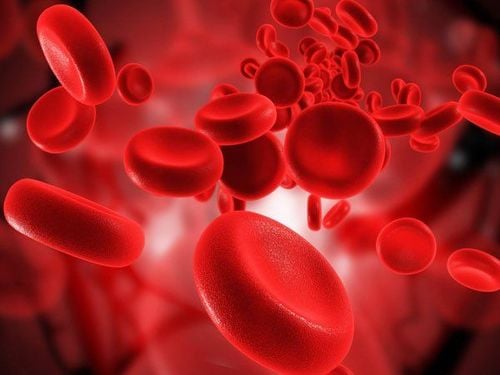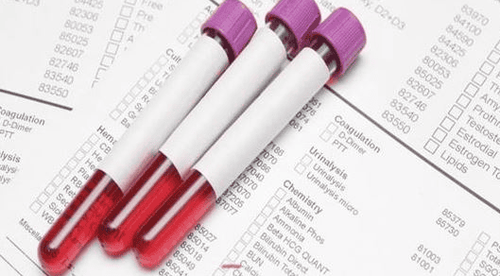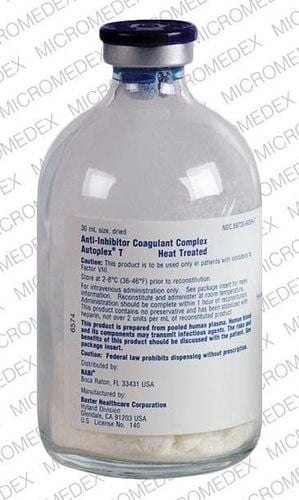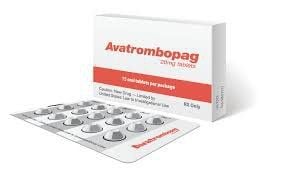This is an automatically translated article.
Platelets make up a very small percentage of blood but play an important role in the blood clotting process - hemostasis of the body. Platelet concentration testing is performed to assess platelet activity and function, early detection of arterial thrombotic diseases, and prevention of hemorrhagic events.
1. Platelet Overview
Platelets are an important component of blood that has the ability to create temporary clots to seal wounds when the body encounters damage. Platelets must release substances and change shape to participate in the process of clotting, stopping bleeding to protect the body from excessive blood loss.
Main characteristics of platelets:
Are nonnucleated blood cell fragments that break off from mature platelets in the bone marrow. It is disc-shaped, about 2 - 4 μm in diameter, and about 0.5 μm thick. Has a life span of only 5-7 days. Platelets play an important role in hemostasis, blood clot formation, thrombosis, vasoconstriction and repair, immune inflammation, and atherosclerosis.
Among the functions of platelets, the function related to the ability to clot and stop bleeding is of most interest and most tests to evaluate platelet function are aimed at investigating this ability.
2. Methods of assessing platelet function
2.1. The goal of the platelet concentration test The platelet concentration test has the objective of assessing the ability of platelets to stick together. This test allows:
Analysis and evaluation of platelet function. The results are valid for patients with hemorrhagic syndrome of unknown etiology. 2.2. Test Procedure Platelet concentration test is done by drawing capillary or venous blood from the patient. Then place 1 drop just right on the slide and pull the blood slide. (Note: The specimen must be fixed on the table at 37 degrees Celsius and wait for it to dry completely). The slides were then stained using the Giemsa staining method. After the slide dries, the test results can be read and analyzed.
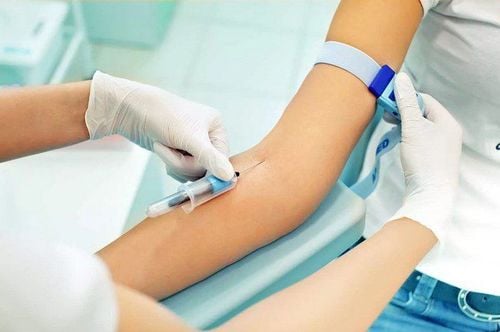
Xét nghiệm độ tập trung tiểu cầu sử dụng máu tĩnh mạch của người bệnh
3. Analysis of platelet concentration results
Results will be evaluated based on the level of platelet concentration shown on the slide, specifically:
Normal platelet concentration: 5 - 10 platelets/cluster. Platelet concentration decreased: less than 5 platelets/cluster. Increased platelet concentration: greater than 10 platelets/cluster. Some causes of increased platelet aggregation are:
Due to diseases that increase the number of platelets such as: myeloproliferative syndrome (idiopathic thrombocytosis, hereditary thrombocytosis). Other causes: acute bleeding, allergic reaction, infection, cancer, after splenectomy, major surgery, some drugs lead to reactive thrombocytosis,... Some causes Causes of thrombocytopenia are:
Due to conditions leading to a decrease in platelet counts such as: cirrhosis, suppression or bone marrow failure, viral infection affecting the bone marrow (Rubella, Dengue, Hepatitis B, Hepatitis C). , mumps,...), primary and secondary thrombocytopenia, cancer chemotherapy, prolonged alcohol consumption. Increased destruction or elimination: hypersplenism, disseminated intravascular coagulation (DIC), presence of antiplatelet antibodies,... Platelet function assessment tests are performed routinely at General Hospital Vinmec International. This test is often combined with many other hematological and biochemical tests to aid in the diagnosis of certain acquired medical conditions.
Please dial HOTLINE for more information or register for an appointment HERE. Download MyVinmec app to make appointments faster and to manage your bookings easily.




